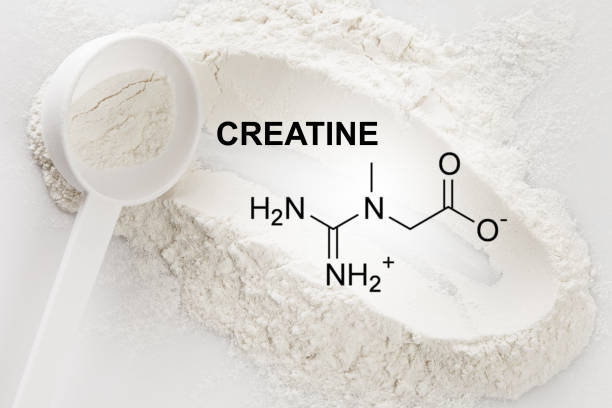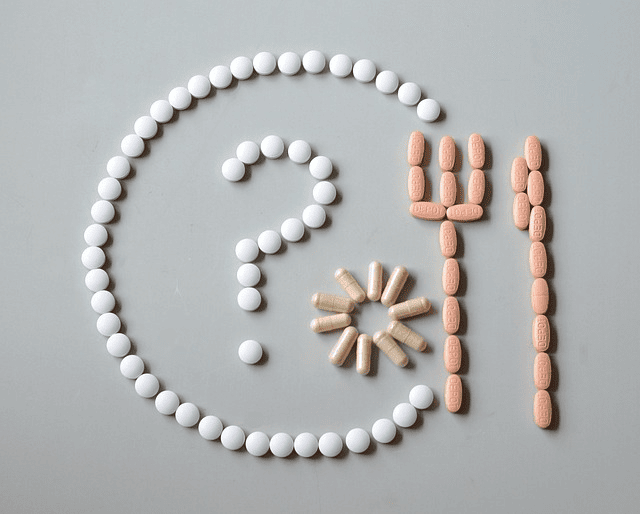How to Make Mushroom Tea: From Reishi to Psilocybin Mushrooms, and Everything in Between
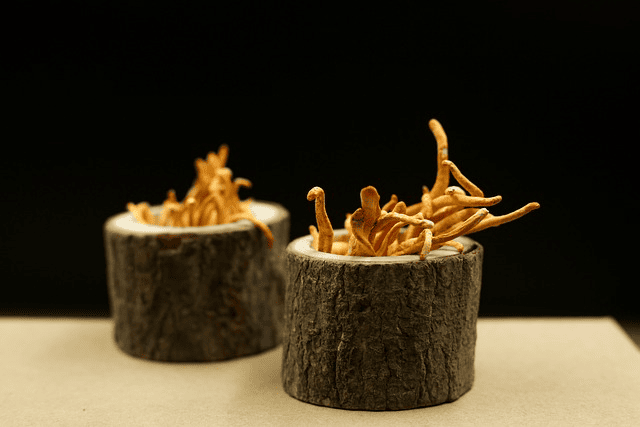
So you want to make mushroom tea.
Mushroom tea is a delicious and easy way to enjoy the benefits of mushrooms.
Maybe you saw some of the many health accounts showing off mushroom tea on tiktok and want to give it a try.
Maybe you’ve looked into biohacking and the amazing benefits that many mushrooms can have for your brain and body as a whole.
So before you go see more videos about mushroom tea, let me show you all you need to know to be an expert on the subject.
Whether your goal is to boost your immune system, enhance your mood, or explore your consciousness, mushroom tea can help you achieve those goals.
But what exactly is mushroom tea? How do you make it? What are the best mushrooms to use for tea? And what are the health benefits of different mushroom teas?
In this guide, we will answer all these questions and more. We will show you how to make mushroom tea with simple steps and tips.
We will also review some of the most popular and potent mushrooms to use for your tea. And we will explain how different mushroom teas can affect your body and mind.
While it should be noted that you can buy different mushrooms pre-packaged in tea bags, today I’ll be showing you the process to make mushroom tea from scratch.
This whole post will be the same simple recipe for every type of mushroom that you can alter slightly to taste depending on which kinds of mushies are used.
So grab your kettle, your mug, and your leftover mushroom chunks, and let’s get brewing!
What is Mushroom Tea?

Mushroom tea is a hot beverage made by infusing water with mushrooms. The mushrooms can be fresh or dried, whole or ground, adaptogens or psychedelic.
The mushroom tea mixture can be plain or flavored with herbs, spices, honey, lemon, or other ingredients.
Mushroom tea is not a new invention. It has been used for centuries by various cultures around the world for medicinal, spiritual, or recreational purposes.
You can really make tea out of anything, but I’m going to give you a list of the most popular different types of mushrooms for making mushroom tea.
For example, some indigenous tribes in Mexico and South America have used psilocybin mushrooms (also known as magic mushrooms) to induce visionary states and communicate with spirits.
Some Asian countries have used shiitake and reishi mushrooms among other medicinal fungi to treat various ailments and promote longevity.
And some European countries have used chaga, birch polypore, and other wild mushrooms to make nourishing and warming drinks.
Today, mushroom tea is gaining popularity as a natural and effective way to enjoy the benefits of mushrooms. The number of different shroom tea benefits is vast:
- Boost your immune system and fight infections
- Reduce inflammation and pain
- Improve your mood and mental clarity
- Enhance your energy and stamina
- Support your digestion and detoxification
- Balance your hormones and blood sugar
- Relax your nerves and muscles
- Expand your awareness and creativity
- Enjoy that savory, earthy, umami flavor
Of course, the effects of mushroom tea depend solely on the type of mushrooms are used and the amount that you choose to use, as well as your individual sensitivity and tolerance.
Therefore, it is important that you do your research and start with low doses to see how your body handles it when experimenting with different mushroom teas.
Specific Mushroom Tea Recipes: Things to Keep in Mind With Each Fungus You Choose to Infuse
Making mushroom tea is quick, easy, and fun. You only need a few basic ingredients and tools, and you can customize the flavor profile of your tea according to your tastes and preferences.
Here are the basic steps to follow for making mushroom tea:
Step 1: Choose Your Mushrooms
The first step is to choose the mushrooms you want to use for your tea.
There are hundreds of different kinds of mushrooms, each with its own flavor, texture, and effects.
You can use one type of mushroom or mix several types together for a more complex and synergistic brew.
Some of the most popular mushrooms to use for mushroom tea include:
Psilocybin Mushrooms (Magic Mushroom Tea)
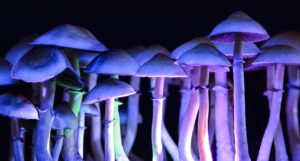
Okay, there’s a lot to say here, so just skip over this one if you aren’t trying to make tea out of this mushroom specifically.
First of all, I’m not condoning or encouraging psychedelic mushroom use. Not everybody is able to handle psychoactive compounds and I believe they should only be taken in good company in a comfortable environment if taken at all.
Always exercise caution and consult with a healthcare professional before doing any type of psychedelic substance and never operate machinery after consuming magic mushroom tea.
With that said, these are psychedelic mushrooms that contain psilocybin, a compound that can induce altered states of consciousness, such as euphoria, hallucinations, insights, or spiritual experiences.
Some studies show that psilocybin can also help with depression, anxiety, addiction, PTSD, and other mental health issues.
Consuming it in a tea as opposed to raw mushrooms lowers the amount of the stomachache-inducing chemical chitin(you can neutralize this chemical by eating bananas if you are eating raw mushrooms) you ingest and causes the psilocybin to metabolize faster, so that you aren’t tripping as long.
This means magic mushroom tea creates a way to consume the active ingredient in psilocybin without extremely long trips and tummy aches.
Keep in mind, psilocybin mushrooms are illegal in most countries, so be careful where you source them from and how you use them. I’m only writing this for those of you in areas where they’re legal.
It’s a widely believed myth that psilocybin breaks down at high temperatures, but studies show that the compound should remain stable for the time it takes to steep.
The main things that destroys psilocybin is oxygen, so keep your magic mushrooms in an airtight container and you should be good.
Recommended Additives: Herbal or caffeine free tea bags and some kind of citrus additive(caffeine can affect the trip, and the tea doesn’t taste the best by itself)
Anytime you consume or make psilocybin mushroom tea for a friend, you always want to be careful and aware. Some effects of psilocybin tea may include:
- Relaxation or stimulation
- Happiness or sadness
- Clarity or confusion
- Creativity or boredom
- Insight or delusion
- Euphoria or dysphoria
- Immersive Hallucinations or visions
The effects of psilocybin tea may vary from person to person with each experience, and after 3 hours or so the peak of the experience starts to take effect.
They may also depend on your set (your mindset and intention) and setting (your environment and company). Therefore, it is important to be careful and responsible when using mushroom tea.
Some tips for having a safe and enjoyable psilocybin tea experience are:
- Start with a low dose and work your way up gradually.
- Do your research and test your mushrooms to know what you are taking.
- Use mushrooms from a trusted source and avoid contaminated or poisonous ones.
- Drink your tea on an empty stomach for faster absorption and stronger effects.
- Drink plenty of water before, during, and after your tea to stay hydrated.
- Have a sober sitter or a trusted friend with you for support and guidance.
- Choose a comfortable and familiar place for your shroom tea session.
- Avoid driving or operating machinery while under the influence of psilocybin tea.
- Respect yourself, others, and nature while using psilocybin tea.
Reishi Mushroom Tea

This is a medicinal mushroom that for thousands of years has been used in traditional Chinese medicine.
Reishi is known as the “mushroom of immortality” because it can boost your immune system, fight cancer cells, lower blood pressure and cholesterol, help reduce inflammation, reduce stress and fatigue, and improve sleep quality.
I would highly recommend this mushroom for those looking to boost the immune system or prefer traditional medicine.
Chaga Mushroom tea
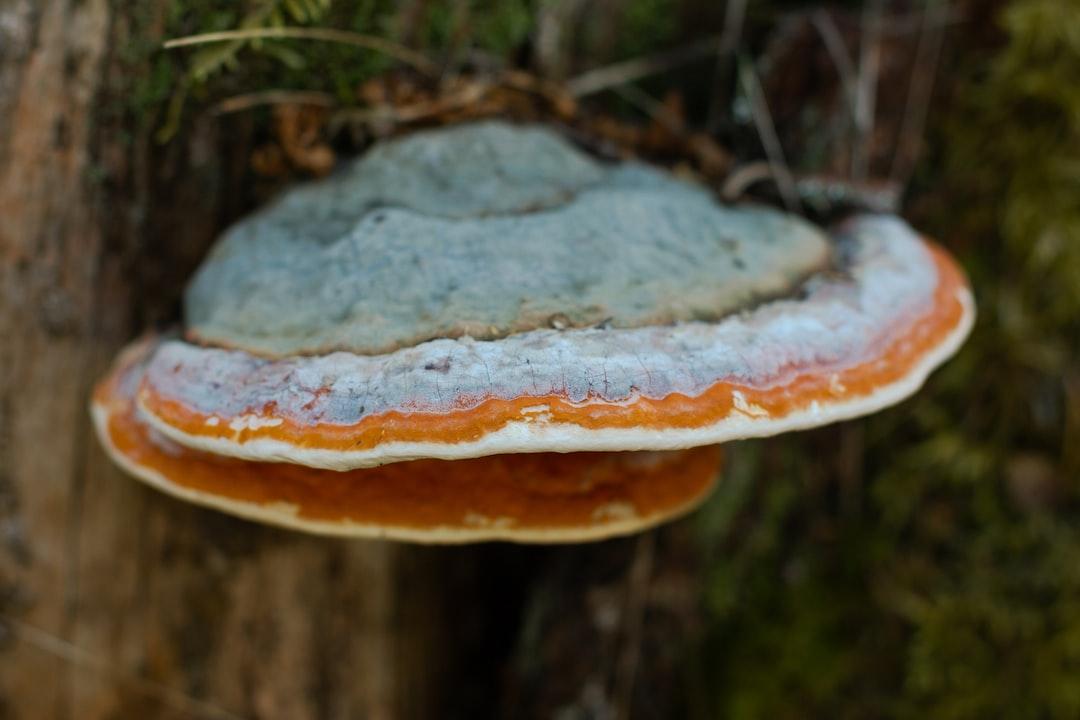
This is another medicinal mushroom that grows on birch trees in cold climates.
Chaga tea offers a rich abundance antioxidants, vitamins, minerals, and phytochemicals that can protect your cells from damage, support your liver function, enhance the health of your skin, and modulate your immune system.
There’s good reason that this is one of the most popular species of mushroom for making infused tea.
Drop a chaga tea bag in some boiling water and enjoy its benefits today!
Lion’s mane Mushroom Tea
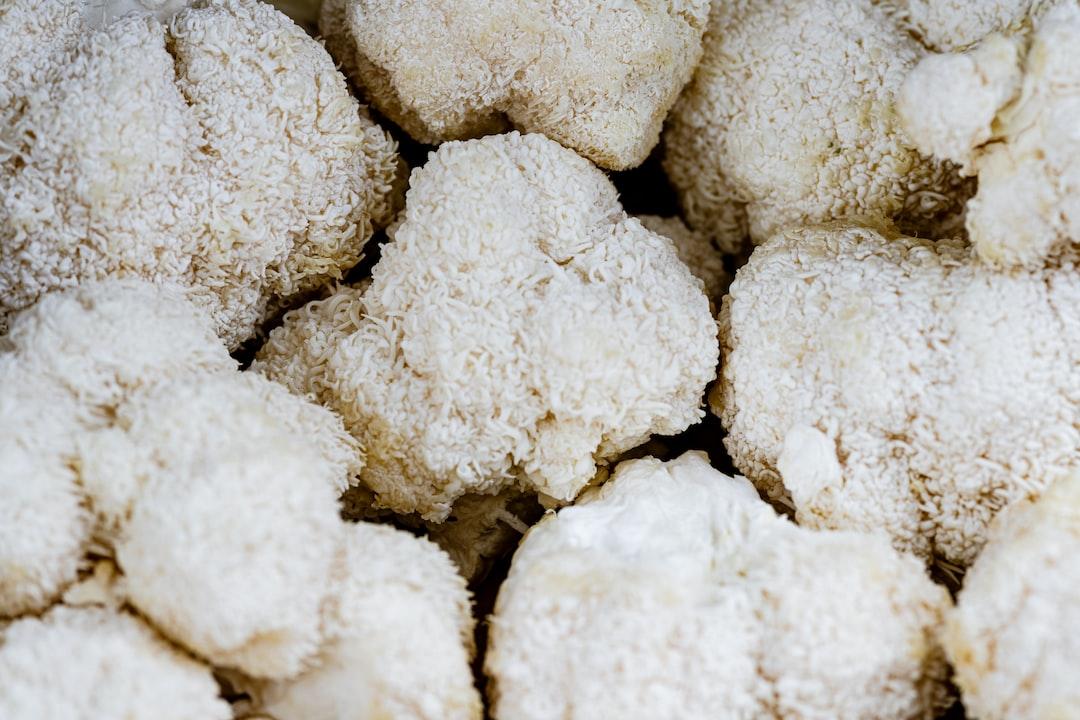
This is a culinary and medicinal mushroom that has a fluffy appearance and a meaty, seafood-like flavor.
Lion’s mane is famous for its ability to stimulate nerve growth factor, a protein that can repair and regenerate brain cells, improve memory and cognition, prevent neurodegeneration, and enhance mood and creativity.
It also tastes great when cooked as a steak, but that’s for a whole other article.
Cordyceps Mushroom Tea
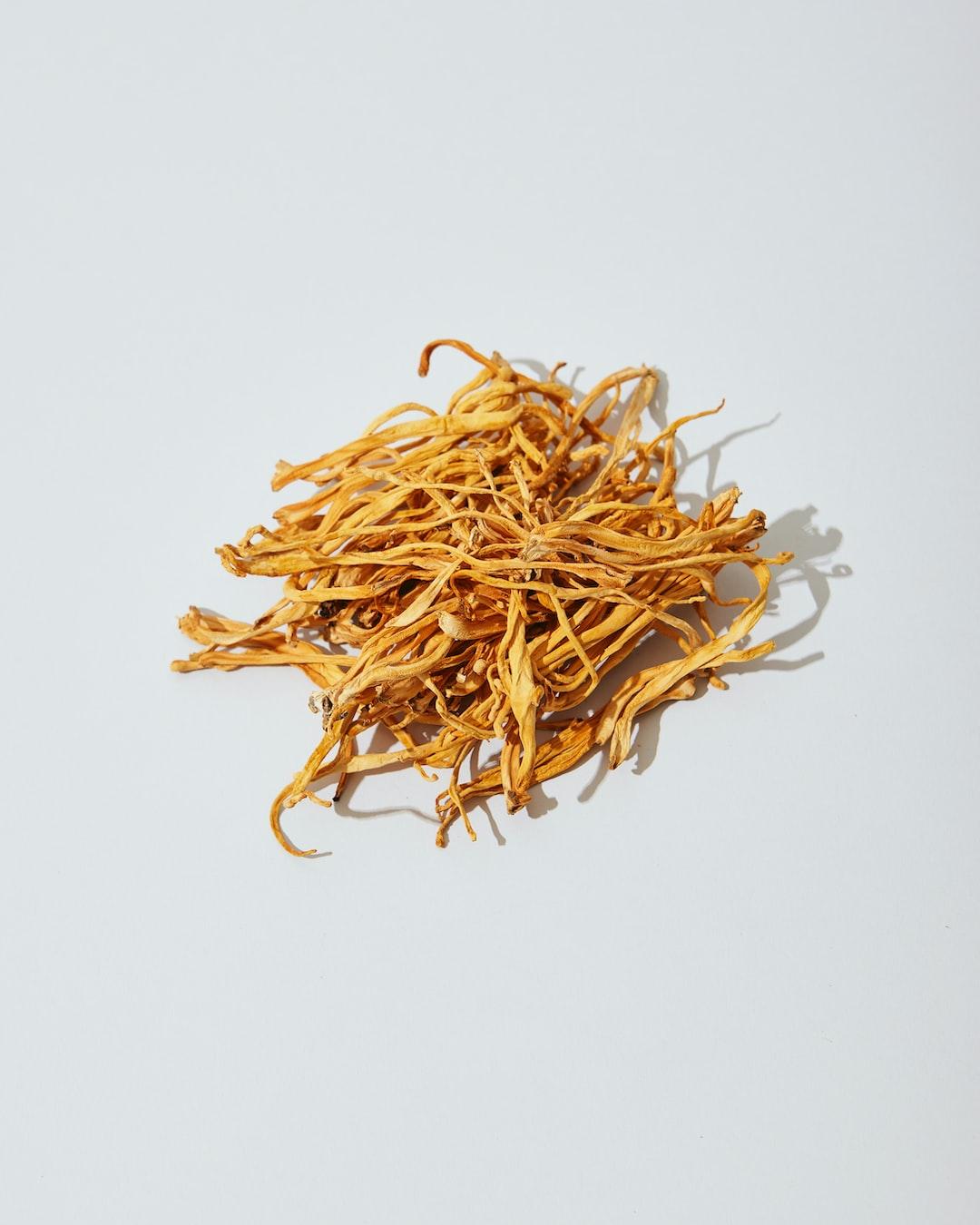
This is a parasitic mushroom that grows on insects and animals in high-altitude regions.
Cordyceps is a natural adaptogen that can help your body cope with stress, increase your oxygen uptake, give you increased energy and endurance, improve your sexual function, and support your kidney and lung health.
These are just some examples of the many mushrooms you can use for tea.
Honorable Mentions:
- Shiitake Mushrooms
- Maitake Mushrooms
- Turkey Tail Mushrooms
- Oyster Mushrooms
- Enoki Mushrooms
- any other edible or medicinal mushrooms you can find or grow
Step 2: Prepare Your Mushrooms
The next step is to prepare your mushrooms for infusion. Depending on the type and form of mushrooms you use, you may need to do some chopping, grinding, or soaking before brewing.
If you are using fresh mushrooms, you will need to wash them well and cut them into smaller chunks. This will help release more of their flavor and compounds into the water.
If you are using dried mushrooms, you will need to grind them into a fine powder or small pieces. You can use a coffee grinder, a blender, a mortar and pestle, or a knife for this. Grinding will increase the surface area of the mushrooms and make them easier to infuse.
If you are using whole dried mushrooms, you may also need to soak them in hot water for 10 to 15 minutes before brewing. This will help rehydrate them and soften their texture.
Step 3: Boil Your Water
The third step is to boil your water for infusion.
You can use any kind of water you like, such as tap water(couldn’t be me), filtered water, spring water, or distilled water.
However, avoid using chlorinated water or water that has a strong taste or odor, as this may affect the flavor and quality of your tea.
If the tap water in your area is exceptionally hard I’d opt for a healthier, cleaner option for water as well.
You can use as much or as little water as you want for your tea.
The more water you use, the more diluted your tea will be.
The less water you use, the more concentrated your tea will be.
A good rule of thumb is to use about one cup (250 ml) of water per gram of raw mushrooms.
You can also add flavor additives to your boiling water to enhance the flavor and effects of your tea.
This is especially convenient for people who want the benefits of mushroom tea without the mushroom taste.
Some common additions are:
Sugar or Sweetener
Adding sugar or sweetener to anything typically makes it more palatable in general. If you’re having trouble enjoying your mushroom tea, try to sweeten it up a bit. Add honey, maple syrup, or another sugary, syrupy additive to your tea.
I personally need something sugary in my mushroom tea, because the earthy flavors can have a rather bitter taste with some mushrooms such as reishi and chaga when they’re consumed unsweetened.
Lemon juice
Adding a hint of lemon juice to your mushroom tea can add a tangy taste to it and can also increase the potency of psilocybin mushrooms by converting psilocybin into psilocin, the active compound that causes the psychedelic effects.
Ginger
This can create a rather spicy taste to your tea and also help with nausea, digestion, inflammation, and immunity.
Honey
This can give a sweet taste to your tea and also help with sore throat, cough, allergies, and wound healing.
Cinnamon
The spice of cinnamon can add a warm taste to your tea and also help with blood sugar, cholesterol, inflammation, and brain function.
Turmeric
Turmeric can give a golden color to your tea and also help with inflammation, pain, arthritis, and liver health.
Peppermint
As you can imagine, this will give a minty taste to your tea, and is good for covering up unwanted flavors in teas you’re drinking primarily for health benefits(that’s how I use it, anyway).
Dried Flowers
Mushroom tea is also great with dried flowers added, as it can give you more anti-inflammatory benefits and antioxidants.
Tea bags
You can add to the flavor of your mushroom tea by adding an extra tea bag of another type of tea such as chamomile, marjoram, or chai to your mushroom tea mixture.
You can experiment with different combinations of ingredients to find your favorite flavor and effect.
Almond Milk or Creamer
Adding almond milk or coffee creamer to your mushroom tea can give it a whole other layer of complexity that varies depending on the specific flavors you buy.
Step 4: Make Tea
The fourth step is to infuse your mushrooms into the water. You can do this in two ways: by simmering or by steeping.
Simmering involves heating the water and ground mushrooms together in a pot over low to medium heat for 10 to 15 minutes.
This method extracts more of the flavor and compounds from the mushrooms, but it also destroys some of the heat-sensitive ones, such as vitamin C and some antioxidants.
Pour the hot water over the mushrooms in a teapot, mug, or jar and letting them steep for 10 to 15 minutes.
This method preserves more of the heat-sensitive compounds from the mushrooms, but it also extracts less of the flavor and potency.
You can choose either method depending on your preference and availability of tools. You can also try both methods and compare the results.
Step 5: Strain Your Tea
The fifth step is to strain your tea and separate the liquid from the solid.
You can use a fine mesh strainer, a cheesecloth, a coffee filter, or a tea infuser for this part. You can also squeeze the mushroom pieces to get more of the liquid out of them.
You can discard the leftover mushroom pieces after straining or save them for another use. Some people like to eat them as a snack or add them to other dishes.
However, be aware that they may have a bitter or unpleasant taste and texture.
Step 6: Enjoy Your Tea
The final step is to enjoy your tea. You can drink have iced tea or drink it hot, plain or flavored, alone or with friends.
You can also add more ingredients to your tea at this point, such as milk, cream, sugar, honey, lemon, or herbs.
Depending on the type and amount of mushrooms you use, your tea may have different effects on your body and mind.
Conclusion
Drinking mushroom tea is a wonderful way to enjoy the benefits of mushrooms.
Whether you want to boost your health, enhance your mood, or explore your consciousness, mushroom tea can help you achieve your goals.
In this guide, we have shown you how to make various types of mushroom tea with simple steps and tips.
We have also reviewed some of the most popular and potent mushrooms and additives to use for your tea. And we have explained how different mushroom teas can affect your body and mind.
We hope this guide has been helpful and informative for you. Now that you know how to make mushroom tea, you can start your mushroom journey with confidence and enjoyment.
Happy brewing! 🍄
Leave a Comment on How You Make a Mushroom Tea Taste Better!
I love to hear feedback on how other people enjoy my favorite past times in their own way. Any feedback you give is greatly appreciated, and I’ll do my best to find time to reply!



